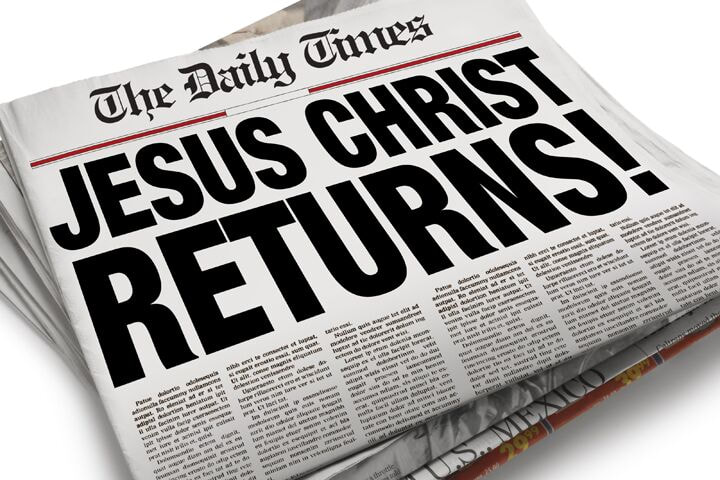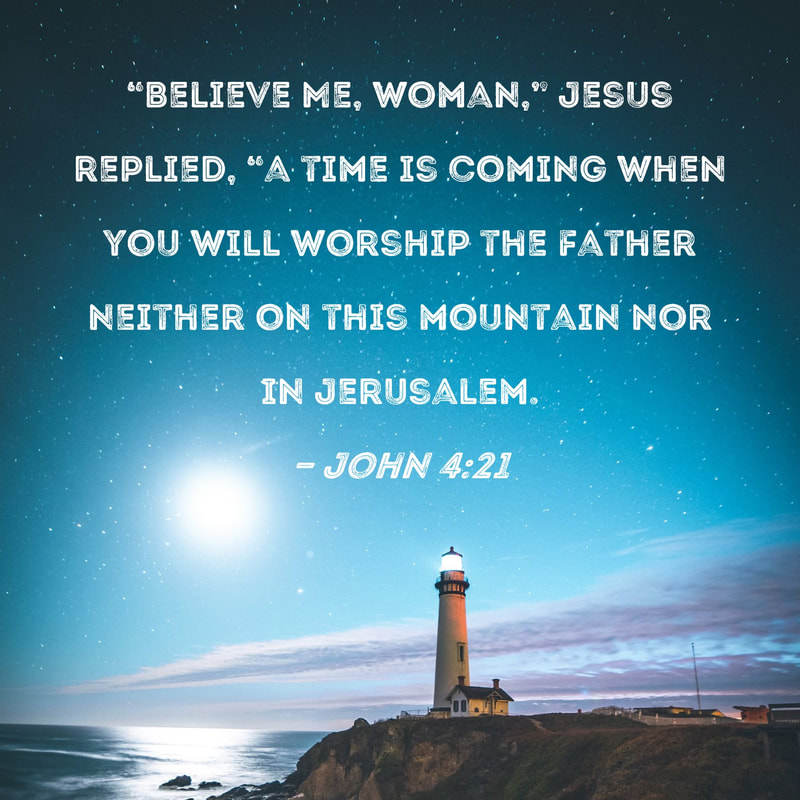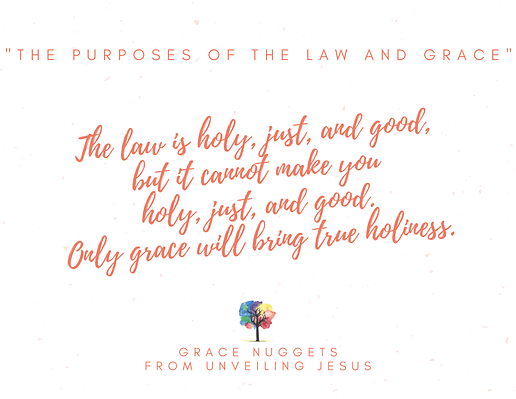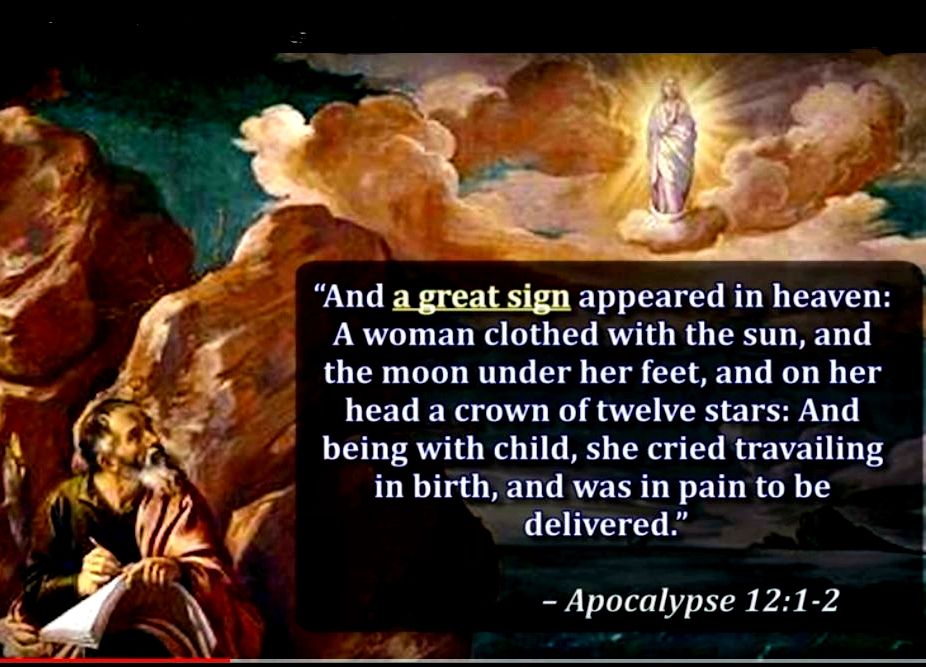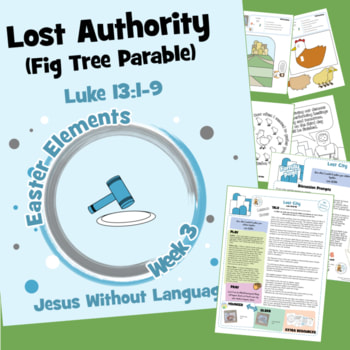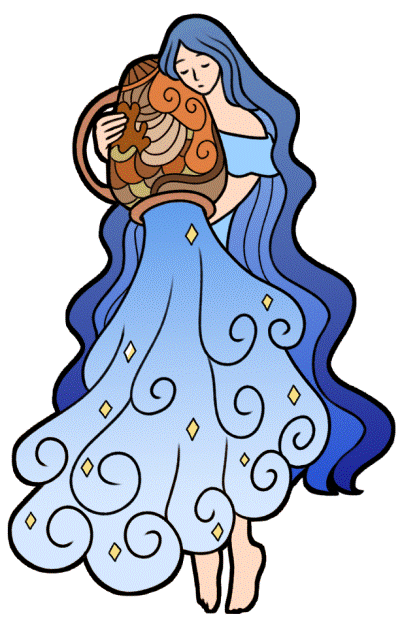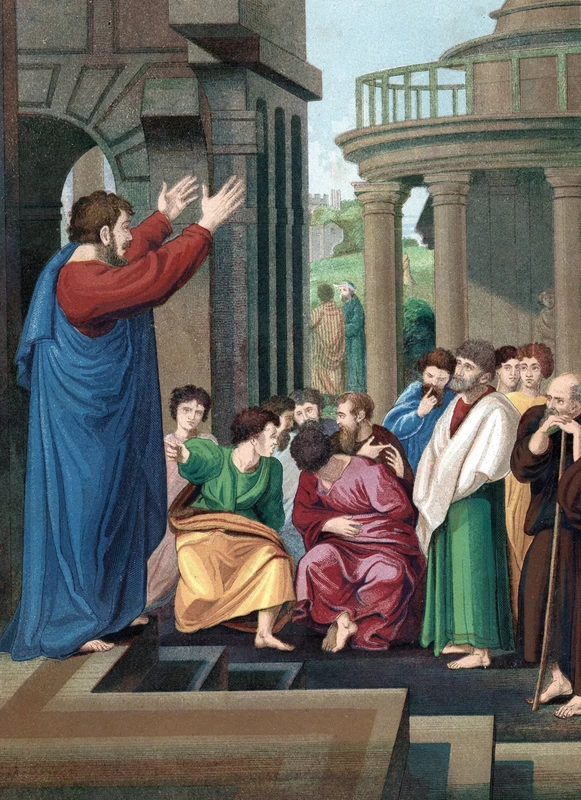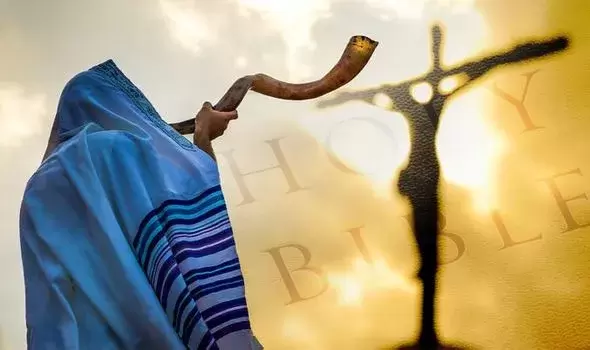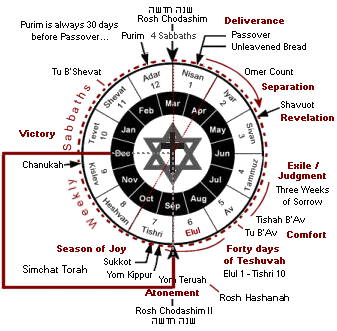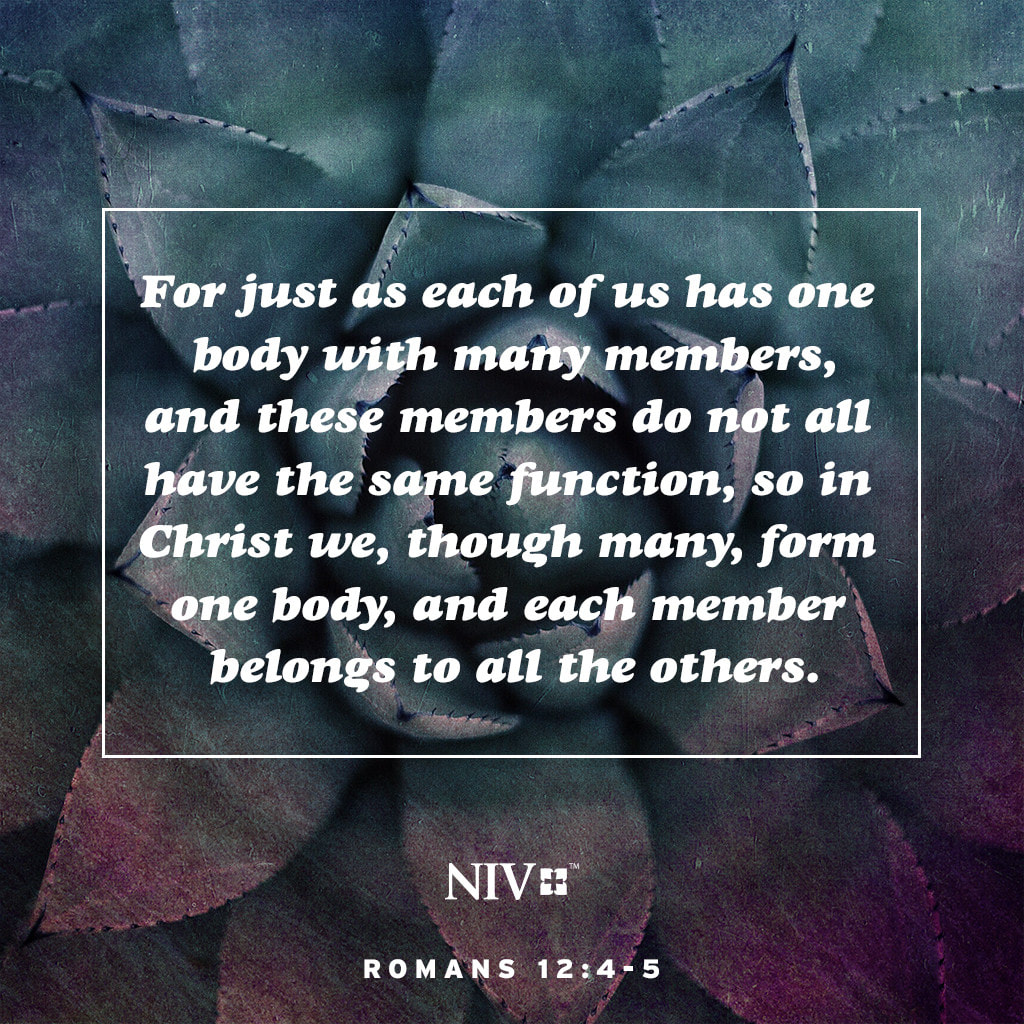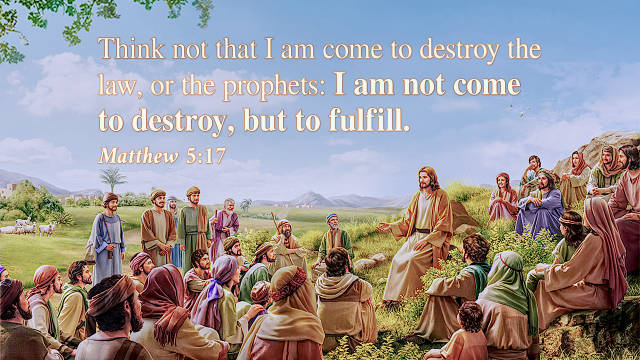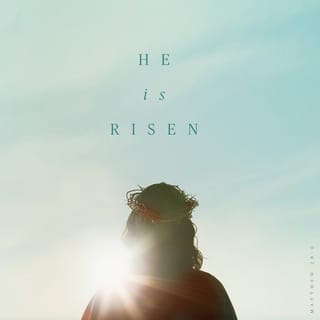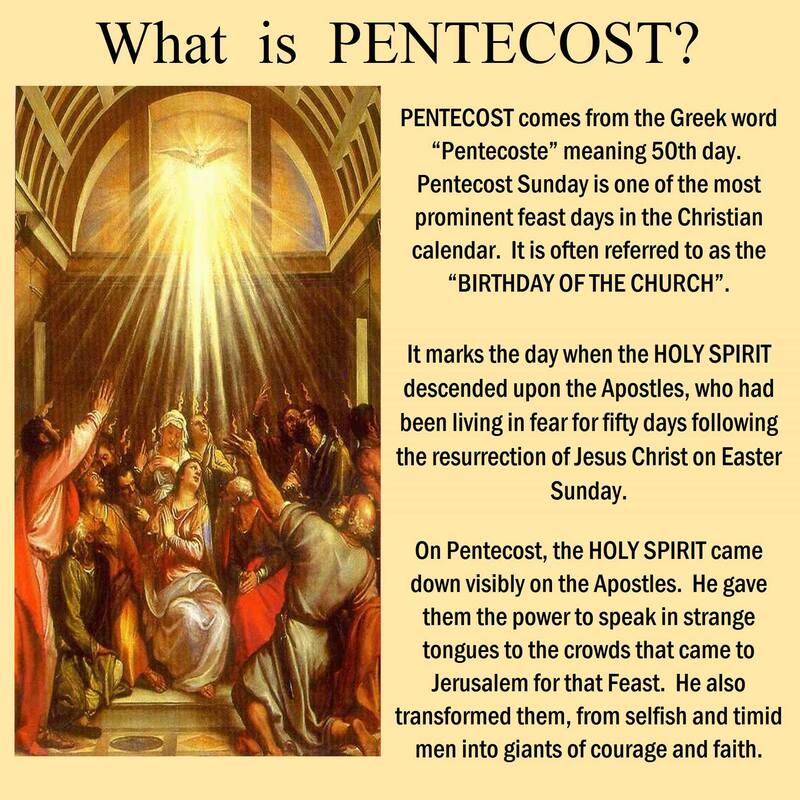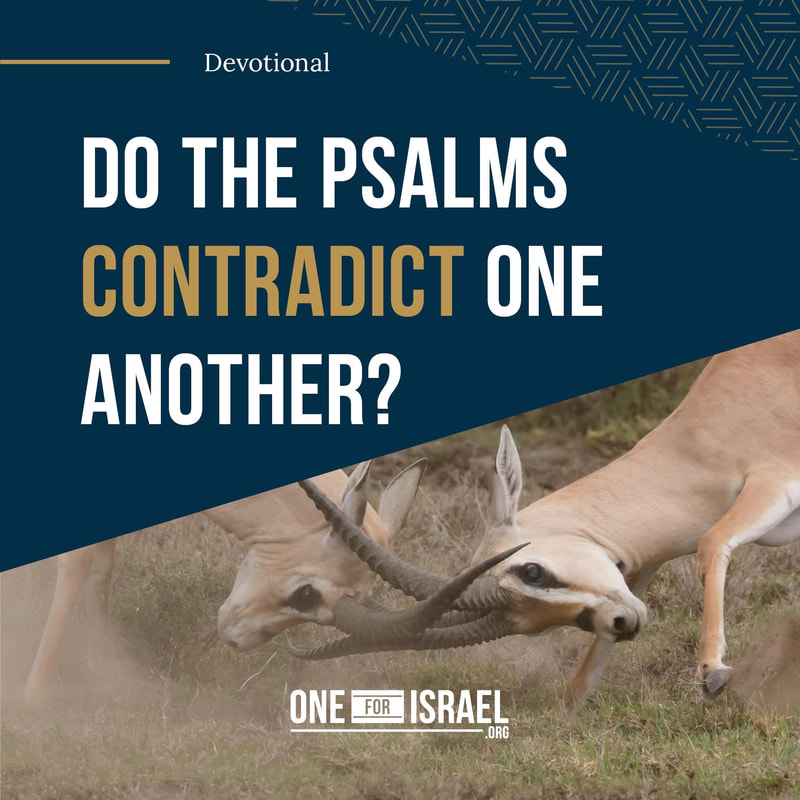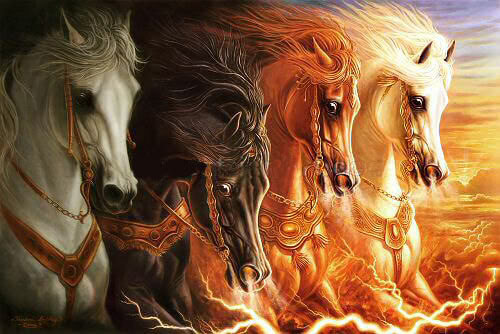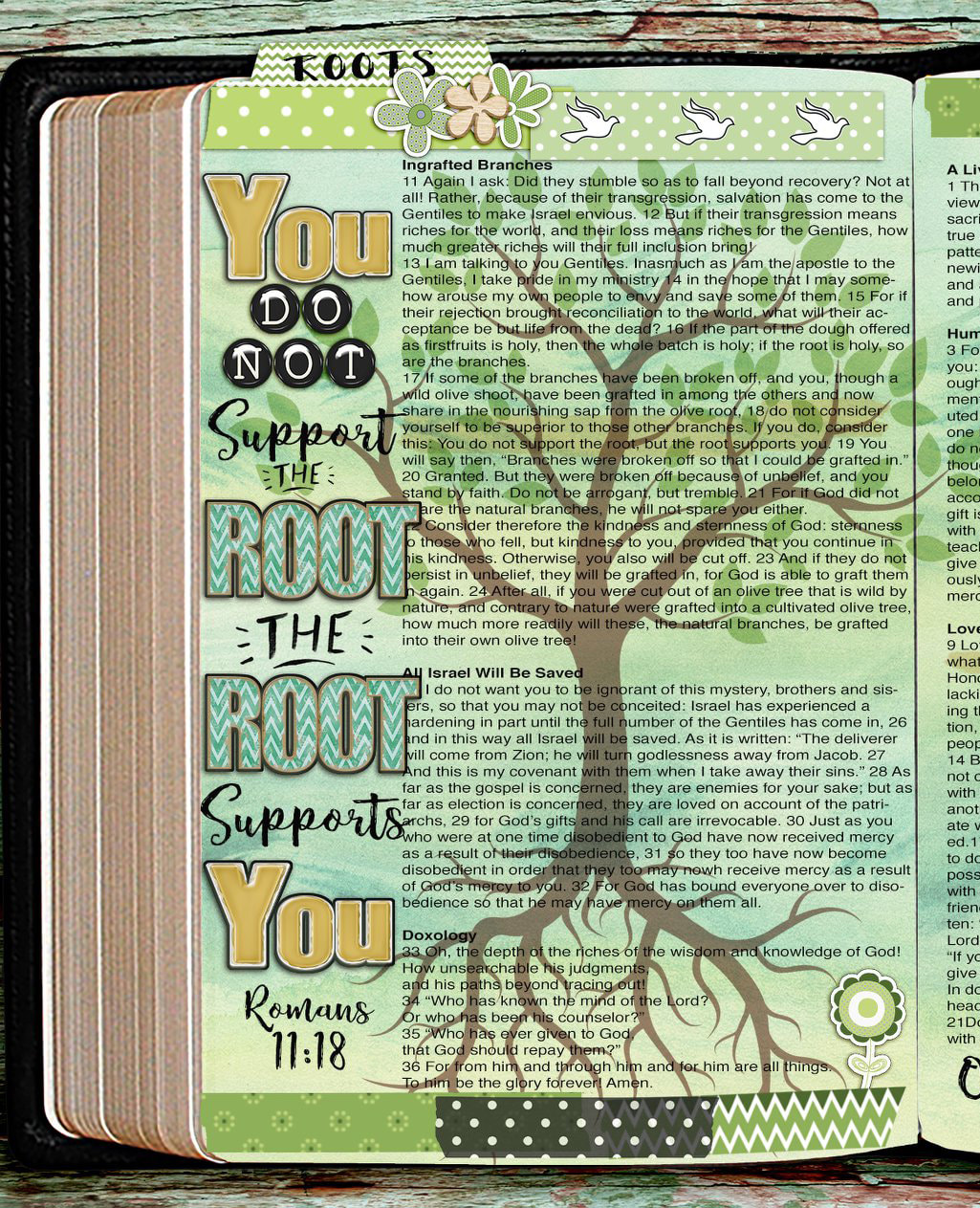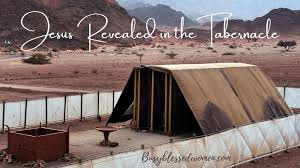Reputable scholars have debated the identity of Babylon the Great in Revelation 17—18. Some would suggest that Babylon the Great is a figurative allusion to the great powers of ancient Rome. This view is largely held by those who hold to the eschatological system known as preterism (and its various forms). Others would argue that Babylon the Great is used as a figure of speech regarding evil nations in general. Theologians have also concluded that Babylon the Great is just that, a revived and rebuilt Babylon. The futurist interpretation of Revelation sees Babylon the Great as an evil world system, based in Babylon (possibly signifying Rome) and controlled by the Antichrist, during the last days before Jesus’ return. Our article will follow the futurist interpretation.
Babylon’s first mention in the Bible was as a
place of rebellion against God (Genesis 11).
The ancient nation of Babylon was a dominating power
throughout the later centuries of the Old Testament.
Babylon was the nation God used to judge Israel, sending them into exile beginning in 605 BC and destroying the temple in 586 BC. Babylon was arguably the first kingdom to have a global influence.
Even after its fall in roughly 539 BC, Babylon continued to
be seen as a place of evil (see Zechariah 5:5–11).
Part of the difficulty with identifying Babylon the Great in Revelation 17—18 is the presence of “mystery” in Revelation 17:5.
Mystery, or mysterion in the Greek, points
to a truth not previously known but soon to be revealed.
This term is used by Paul in Ephesians 3:3 as he discusses the relationship between the Gentiles and Jews within the church. In Revelation 17, Babylon the Great is considered a mystery, naturally making it difficult to identify.
The angel who speaks to John identifies Babylon the Great as “the great city that rules over the kings of the earth” (Revelation 17:18). The angel also provides some detail of the events leading up to the fall of Babylon the Great (Revelation 17:1–5). At the conclusion of this vision, John stands in great wonder, perplexed as to what the vision means (Revelation 17:6). Graciously, the angel provides an interpretation of the vision and the events it relates (Revelation 17:7–18).
The vision describes a woman,
or harlot, sitting upon
a scarlet beast covered in blasphemous names.
The woman is immoral and corrupt, leading others down
the same path of corruption.
This woman is dressed in expensive, fine apparel,
and the beast she rides
has seven heads and ten horns.
On the woman’s forehead is her identity,
“BABYLON THE GREAT,
THE MOTHER OF PROSTITUTES
AND
OF THE
ABOMINATIONS OF THE EARTH”
(Revelation 17:5).
From John’s vision,
we draw several conclusions about
Babylon the Great:
• Babylon in the end times will have influence over all “peoples, multitudes, nations and languages” (Revelation 17:15).
• Babylon the Great will promote religious heresy, indicated by its association with blasphemy (Revelation 17:3) and its depiction as a prostitute (see Psalm 106:39; Leviticus 17:7; Judges 2:17).
• Babylon will kill the true followers of God: the woman is “drunk with the blood of God’s holy people, the blood of those who bore testimony to Jesus” (Revelation 17:6; cf. 18:24).
• Babylon in the end times will once again be a place of luxury, wealth, and opulence (Revelation 18:7, 11–17).
• Babylon the Great will be a center of worldwide merchandising
(Revelation 18:19, 23).
• Babylon will actively lead people astray into corruption (Revelation 18:23; 19:2).
• Babylon the Great will be associated with a federation of ten kings,
plus the beast
(Revelation 17:12; cf. 13:4).
• End-times Babylon will thrive for a time, but then the beast and the ten kings will conclude that such a financial, religious, and political system is no longer needed. They will proceed to dispose of it: “They will bring her to ruin and leave her naked; they will eat her flesh and burn her with fire”
(Revelation 17:16).
• The fall of Babylon the Great is the result of God’s judgment as He works through the ten kings to accomplish His will
(Revelation 17:17).
In the end, the kingdoms that Babylon the Great relied on
will turn against it, and by their hand Babylon is destroyed.
The beast and the kings ruling with him will wage
war against Jesus Christ.
They will lose, of course, as Jesus is
“Lord of lords and King of kings”
(Revelation 17:14).
In Revelation 18:2, an angel descends to the earth proclaiming the great news of Jesus’ victory over Babylon the Great. All heaven rejoices (Revelation 19:1– 3).
At the end of the tribulation,
Jesus wins.
Babylon the Great is destroyed, and the Antichrist is
“thrown alive into the fiery lake of burning sulfur”
(Revelation 19:20).
Jesus alone
is the almighty Lord of lords and
King of kings.
Babylon’s first mention in the Bible was as a
place of rebellion against God (Genesis 11).
The ancient nation of Babylon was a dominating power
throughout the later centuries of the Old Testament.
Babylon was the nation God used to judge Israel, sending them into exile beginning in 605 BC and destroying the temple in 586 BC. Babylon was arguably the first kingdom to have a global influence.
Even after its fall in roughly 539 BC, Babylon continued to
be seen as a place of evil (see Zechariah 5:5–11).
Part of the difficulty with identifying Babylon the Great in Revelation 17—18 is the presence of “mystery” in Revelation 17:5.
Mystery, or mysterion in the Greek, points
to a truth not previously known but soon to be revealed.
This term is used by Paul in Ephesians 3:3 as he discusses the relationship between the Gentiles and Jews within the church. In Revelation 17, Babylon the Great is considered a mystery, naturally making it difficult to identify.
The angel who speaks to John identifies Babylon the Great as “the great city that rules over the kings of the earth” (Revelation 17:18). The angel also provides some detail of the events leading up to the fall of Babylon the Great (Revelation 17:1–5). At the conclusion of this vision, John stands in great wonder, perplexed as to what the vision means (Revelation 17:6). Graciously, the angel provides an interpretation of the vision and the events it relates (Revelation 17:7–18).
The vision describes a woman,
or harlot, sitting upon
a scarlet beast covered in blasphemous names.
The woman is immoral and corrupt, leading others down
the same path of corruption.
This woman is dressed in expensive, fine apparel,
and the beast she rides
has seven heads and ten horns.
On the woman’s forehead is her identity,
“BABYLON THE GREAT,
THE MOTHER OF PROSTITUTES
AND
OF THE
ABOMINATIONS OF THE EARTH”
(Revelation 17:5).
From John’s vision,
we draw several conclusions about
Babylon the Great:
• Babylon in the end times will have influence over all “peoples, multitudes, nations and languages” (Revelation 17:15).
• Babylon the Great will promote religious heresy, indicated by its association with blasphemy (Revelation 17:3) and its depiction as a prostitute (see Psalm 106:39; Leviticus 17:7; Judges 2:17).
• Babylon will kill the true followers of God: the woman is “drunk with the blood of God’s holy people, the blood of those who bore testimony to Jesus” (Revelation 17:6; cf. 18:24).
• Babylon in the end times will once again be a place of luxury, wealth, and opulence (Revelation 18:7, 11–17).
• Babylon the Great will be a center of worldwide merchandising
(Revelation 18:19, 23).
• Babylon will actively lead people astray into corruption (Revelation 18:23; 19:2).
• Babylon the Great will be associated with a federation of ten kings,
plus the beast
(Revelation 17:12; cf. 13:4).
• End-times Babylon will thrive for a time, but then the beast and the ten kings will conclude that such a financial, religious, and political system is no longer needed. They will proceed to dispose of it: “They will bring her to ruin and leave her naked; they will eat her flesh and burn her with fire”
(Revelation 17:16).
• The fall of Babylon the Great is the result of God’s judgment as He works through the ten kings to accomplish His will
(Revelation 17:17).
In the end, the kingdoms that Babylon the Great relied on
will turn against it, and by their hand Babylon is destroyed.
The beast and the kings ruling with him will wage
war against Jesus Christ.
They will lose, of course, as Jesus is
“Lord of lords and King of kings”
(Revelation 17:14).
In Revelation 18:2, an angel descends to the earth proclaiming the great news of Jesus’ victory over Babylon the Great. All heaven rejoices (Revelation 19:1– 3).
At the end of the tribulation,
Jesus wins.
Babylon the Great is destroyed, and the Antichrist is
“thrown alive into the fiery lake of burning sulfur”
(Revelation 19:20).
Jesus alone
is the almighty Lord of lords and
King of kings.
 RSS Feed
RSS Feed






